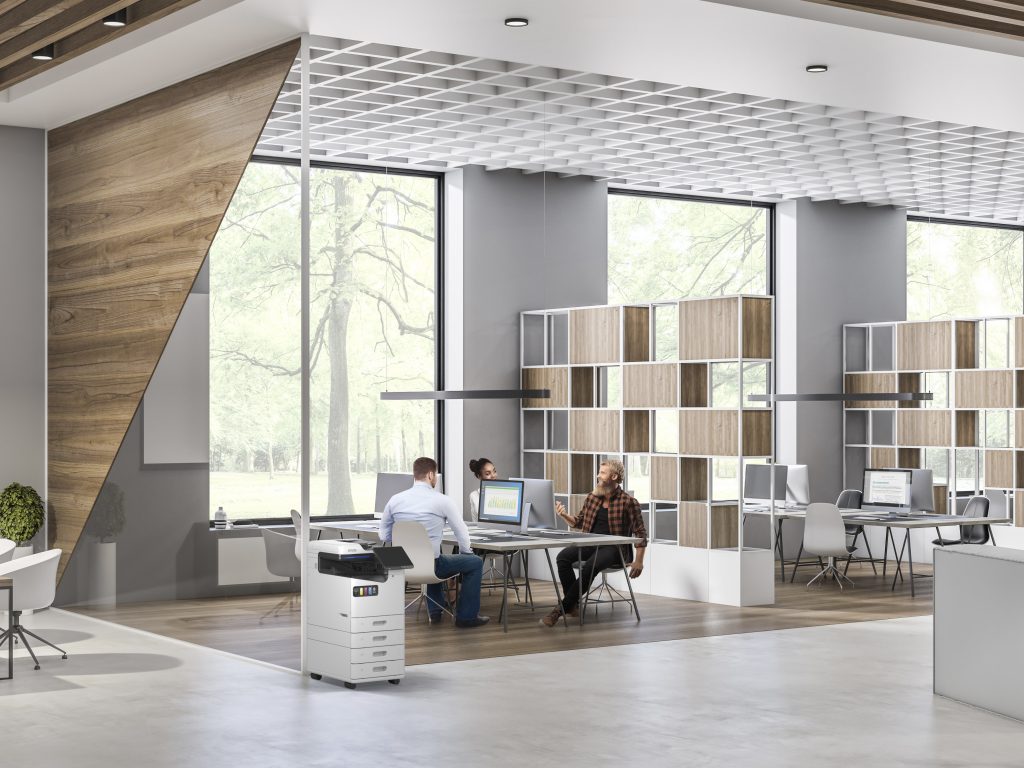More decision-makers for office equipment around ASEAN are making eco-conscious choices. However, misconceptions about printers still abound.
If you’re shopping for a new printer, but are undecided if the laser or inkjet route is the way to go, you’re not alone. Apparently, there is a misconception about which technology is more cost-effective and better for the environment.
Despite the push to go paperless, printing is still alive and well, according to a white paper released by Epson this month. This was one of several key findings that gave a fascinating insight into the habits and patterns of over 1,500 office decision-makers across Singapore, Malaysia, Thailand, Indonesia, the Philippines, and Vietnam.
In Epson’s report, Road to Sustainable Printing: Exploring Attitudes and Behaviors in Southeast Asia, 40 percent of business users still use their printers on a daily basis. Obviously, this percentage goes up when occasional users are included.

The shift towards hybrid work arrangements has changed how businesses use their printers.
The hybrid working style, where a combination of working at the office and remotely has changed the way we print. Along with the demand for advanced digital integration such as digital cloud printing, four in five respondents cite the compactness of the printer as a requirement in their office equipment decisions.
Tellingly, the report also mentions other factors that drive the change in printing habits, including convenience (46%), cost-effectiveness (44%), and the increased awareness of sustainable printing practices (41%).

On-going misconceptions about inkjet printers vs laser printers
While 74 percent of respondents were ‘very to moderately’ aware of the environmental impact of printing, 63 percent would even pay more for sustainable printing solutions. The report found the ongoing misconception across the region where 34 percent of respondents thought that laser printers have a lower environmental impact in comparison to inkjet printers. A further 29 percent were unsure.
According to Epson, the global leader in professional printing, replacing laser printers with its Heat-Free inkjet printers can reduce printing-related electricity consumption by as much as 85 percent.
In addition to the consequential benefits of reducing carbon footprints as a result of lower energy consumption, Heat-Free inkjet printers are an additional tangible benefit.

As laser printers and even lesser liquid ink-based printers use a certain amount of heat to bond the dyes to paper, continuous or high printing loads have caused the paper to curl or warp. This in turn increases the risk of paper jams. Not only is productivity impacted when this occurs, but electricity consumption inevitably increases as well since the documents need to be re-printed.
As part of its sustainability journey, Epson Southeast Asia has phased out laser printers completely since the end of 2023. Furthermore, the Japanese tech giant’s range of printers now mostly utilises its EcoTank technology which uses refillable liquid ink instead of single-use print cartridges.

“In Southeast Asia, we have seen a greater preference towards sustainability. While most respondents said sustainability is an important factor in choosing a printer, less than one-third said they are willing to pay for more sustainable measures, leaving a wide gap for inaction. However, what is good for the environment can also be good for business,” shared Jester Cruz, Senior Regional Manager for Corporate Products, Epson Southeast Asia.
“The good news is that the desire is there – with over half of the respondents saying they would definitely switch to an inkjet printer from a laser copier if it was shown to have less impact on the environment.”
Liked this? Check out more articles on Futr tech here.





